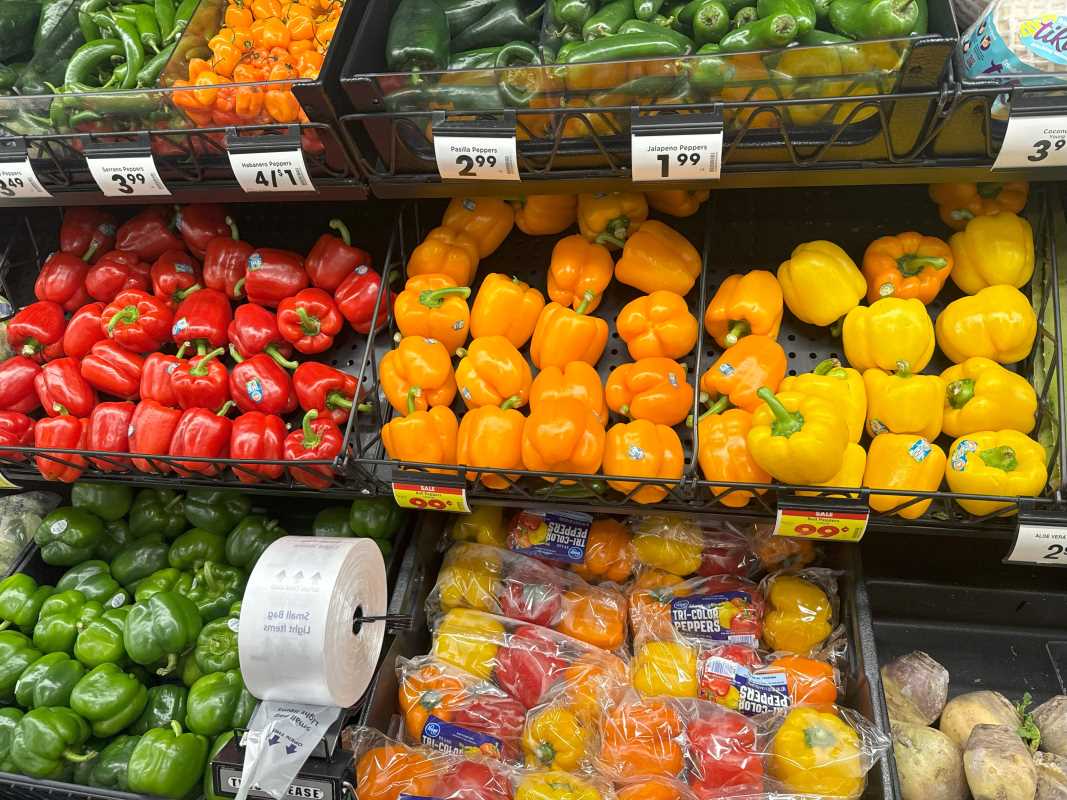Managing blood sugar levels is an essential part of staying healthy, particularly for those living with diabetes or prediabetes. Fortunately, thoughtful meal planning can make a significant difference. When you make deliberate choices about what and when to eat, you can stabilize your blood sugar, enhance your energy levels, and feel your best throughout the day. If you want to control your blood sugar through your diet, here are some supportive and actionable tips you can start implementing today.
1. Balance Your Macronutrients
One of the most effective ways to control blood sugar is to create balanced meals that combine carbohydrates, proteins, and fats. Each macronutrient plays a unique role in your body, and the right combination can prevent spikes and crashes in your blood sugar.
Carbohydrates break down into glucose, impacting blood sugar the most significantly. Aim for complex carbs like whole grains, sweet potatoes, or legumes instead of refined carbohydrates such as white bread or sugary snacks.
Lean proteins (like chicken breast, tofu, or eggs) slow glucose absorption, increasing blood sugar gradually.
Healthy fats (such as avocado, olive oil, and nuts) also aid in stabilizing energy levels and keeping hunger at bay.
Pro tip: Think of your plate as having three parts: half filled with non-starchy vegetables, a quarter with lean protein, and a quarter with whole grains or other complex carbs. This simple ratio is an easy way to ensure your macronutrients are in balance.
2. Choose Low-Glycemic Index Foods
The glycemic index (GI) measures how quickly a food causes your blood sugar to rise. Low-GI foods, which slowly release glucose into the bloodstream, are your best allies for stabilization.
Examples of low-GI foods include most non-starchy vegetables (like spinach or broccoli), chickpeas, lentils, and fruits such as berries, apples, and pears.
High-GI foods, such as white rice, sugary drinks, and pastries, should be limited or paired with proteins or fats to slow digestion.
When planning meals, prioritize whole, minimally processed foods with a low GI to maintain steady blood sugar levels over time.
3. Don’t Skip Fiber
Fiber is a powerful tool for managing blood sugar because it slows the digestion and absorption of carbohydrates. Focus on incorporating both soluble and insoluble fiber into your daily meals.
Soluble fiber is found in foods like oats, beans, and flaxseeds. It helps slow glucose absorption and stabilize blood sugar levels after meals.
Insoluble fiber, from vegetables and whole grains, promotes digestive health and helps keep you feeling full longer.
Aim for 25–30 grams of fiber daily for optimal benefits. Add leafy greens to salads, snack on raw veggies, and swap your usual side of white rice for a fiber-rich option like quinoa or barley.
4. Watch Your Portion Sizes
Portion control is an effortless way to prevent unexpected blood sugar spikes, especially when eating carbohydrate-rich foods. Even healthy carbs like whole grains and fruits can affect your glucose levels if consumed in excess.
Here’s how to measure portions effectively:
- Use the “plate method,” where half your plate is non-starchy vegetables, a quarter is protein, and the remaining quarter is carbs.
- Avoid “mindless eating” by using smaller plates, which can make portions appear larger.
- Pay attention to serving sizes on nutrition labels when packaged foods are part of your meals.
By keeping your portions in check, you can better predict how your meals will impact your blood sugar.
5. Stick to Regular Meal Timing
Skipping meals or eating erratically can lead to blood sugar fluctuations, making it harder to maintain consistent levels throughout the day. Instead, try sticking to a regular meal schedule.
Plan to eat every 3–5 hours to keep your blood sugar stable. This can include three balanced meals and two small snacks if needed.
Avoid late-night eating, as your body may respond differently to food in the evening compared to earlier in the day.
Consistency in timing helps your body process glucose more effectively, reducing the risk of sudden spikes or dips.
6. Include Healthy Snacks
Snacking, when done thoughtfully, can support steady blood sugar levels by bridging the gap between meals. Always pair a carb with protein and/or a healthy fat for better blood sugar control.
Here are some easy, balanced snack ideas:
- A small apple with a tablespoon of almond butter
- Raw veggies with hummus
- A handful of unsalted nuts and a few whole-grain crackers
- Greek yogurt topped with chia seeds and berries
These options provide nutrients that nourish your body while helping you avoid blood sugar crashes.
7. Plan Ahead for Success
Meal planning is all about preparation. Having a plan in place reduces impulsive food choices, making it easier to stick to your blood sugar management goals.
Batch cook meals like soups, stews, or grilled chicken that can be used for multiple lunches or dinners.
Assemble grab-and-go options like pre-portioned trail mixes or hard-boiled eggs for busy mornings and snacks.
Create a weekly meal plan focused on low-GI recipes and balanced macronutrients to reduce last-minute stress.
Planning ahead can also help you shop more effectively. When grocery shopping, start with a list based on your meal plan to avoid buying highly processed foods that might derail your goals.
Sample Day of Balanced Meals
Here’s a simple, balanced meal plan to guide you:
- Breakfast: Scrambled eggs with sautéed spinach, a slice of whole-grain toast, and half an avocado.
- Snack: A small handful of walnuts with fresh raspberries.
- Lunch: Grilled chicken salad with mixed greens, cherry tomatoes, cucumbers, olive oil, and a quinoa side.
- Snack: Hummus with carrot sticks and bell pepper slices.
- Dinner: Baked salmon, roasted Brussels sprouts, and mashed cauliflower.
- Dessert (optional): A small square of dark chocolate or a Greek yogurt parfait with a sprinkle of nuts.
This balanced approach satisfies hunger while keeping blood sugar levels steady throughout the day.
 (Image via
(Image via





